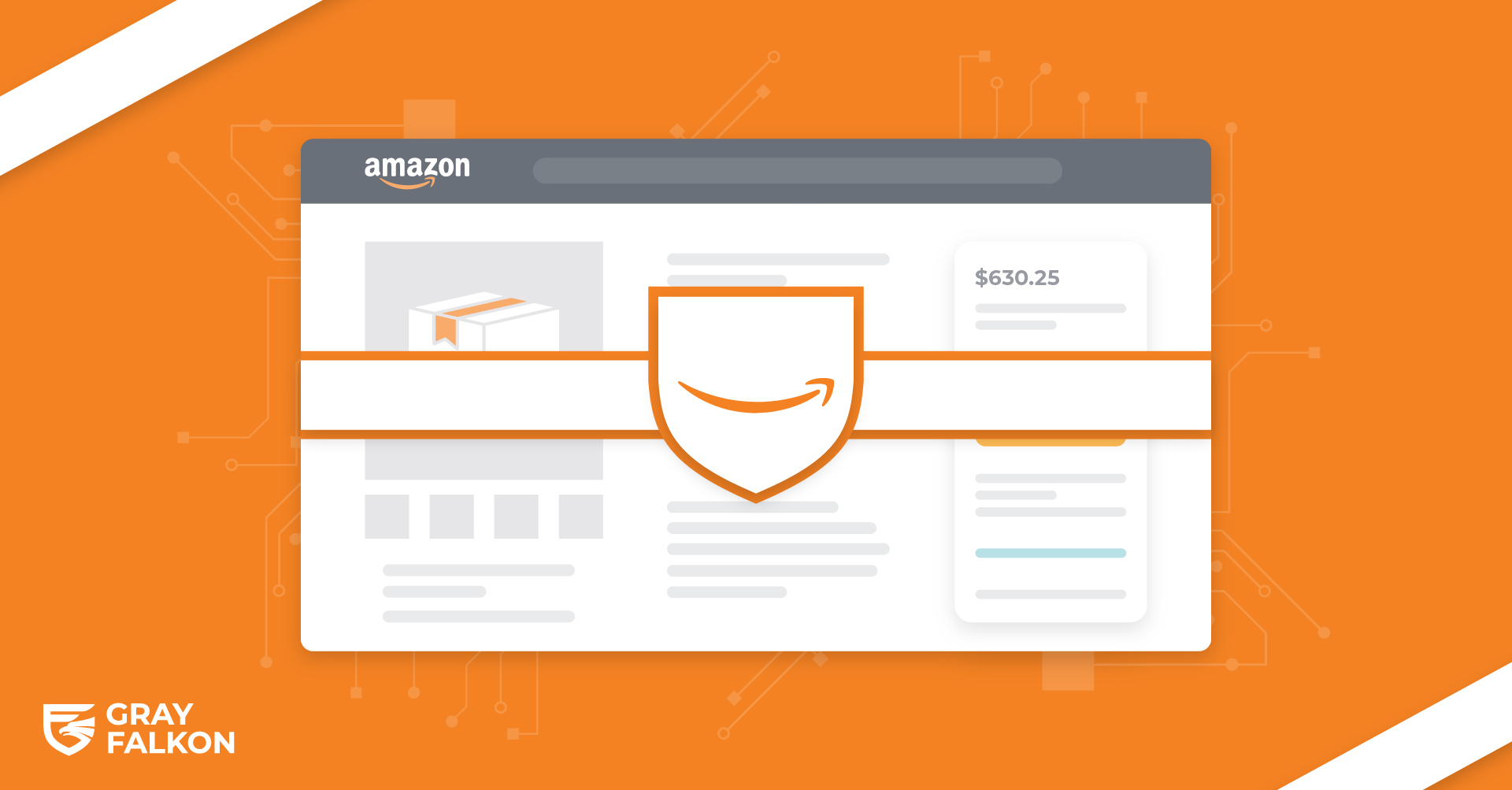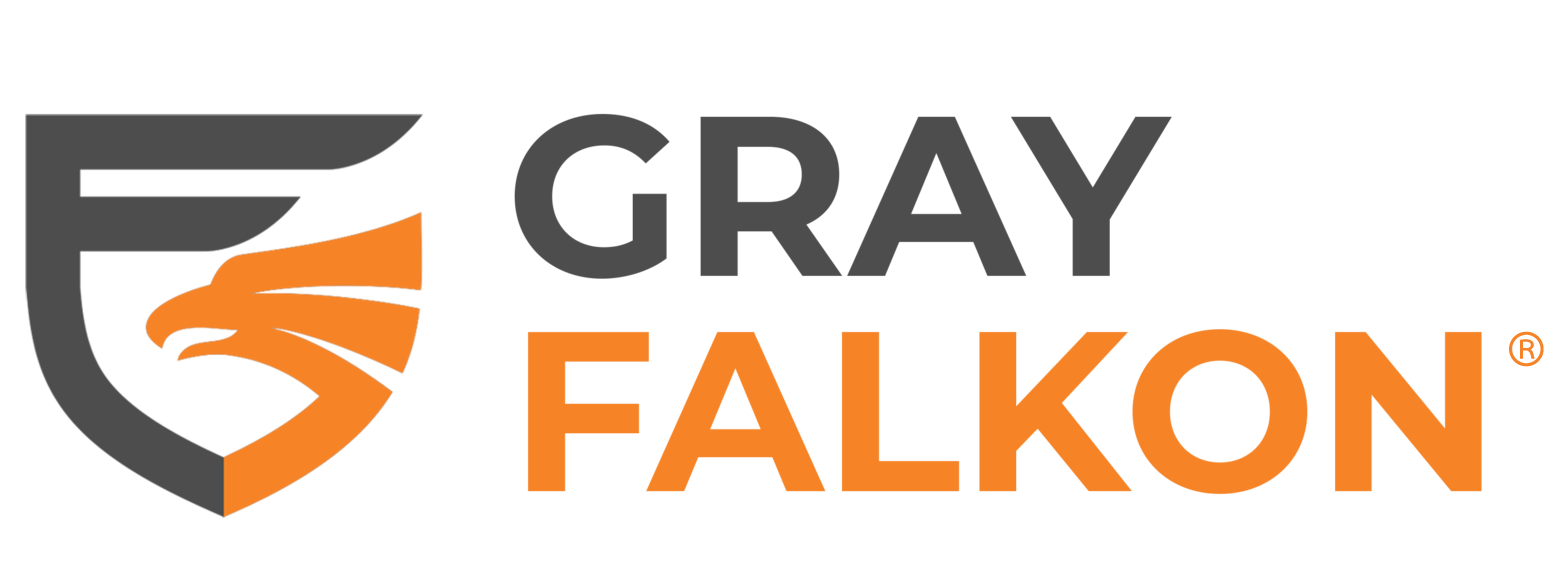
In the ever-evolving landscape of eCommerce, Amazon continues to refine its policies to maintain a trustworthy marketplace for both sellers and consumers. The latest development in this ongoing effort is Amazon’s new stolen goods policy, set to take effect on June 30, 2025. This policy update has significant implications for brands, sellers, and the overall eCommerce ecosystem. Let’s dive into the details and explore what this means for your business.
Overview of Amazon’s New Stolen Goods Policy
Amazon has announced a new standalone policy specifically addressing the sale of stolen goods. While the marketplace has always prohibited such practices, this new policy reinforces Amazon’s commitment to combating the sale of stolen items and protecting customers. The policy is being implemented to comply with new government regulations and will be effective from June 30, 2025.
Key points of the new policy include:
- Reinforcement of existing restrictions against the sale of stolen goods
- Creation of a dedicated stolen goods policy to meet new government regulations
- Consistency with existing seller requirements to avoid illegal activities
- Potential consequences for violations, including removal of listings, loss of selling privileges, and legal repercussions
The Prevalence and Impact of Unauthorized Sellers on Amazon
The issue of unauthorized sellers on Amazon has been a persistent challenge for brands and legitimate sellers alike. These unauthorized sellers often source products through questionable means, including theft, which directly impacts the marketplace’s integrity and consumer trust.
Unauthorized sellers can:
- Undercut prices of authorized sellers
- Offer counterfeit or subpar products
- Damage brand reputation through poor customer service
- Contribute to the circulation of stolen goods in the marketplace
The Impact of Unauthorized Sellers on Brands
The presence of unauthorized sellers on Amazon can have far-reaching consequences for brands:
Loss of Brand Control
- Pricing: Unauthorized sellers may offer products at prices that don’t align with the brand’s pricing strategy, potentially leading to price erosion.
- Image and Reputation: Poor product quality or customer service from unauthorized sellers can negatively impact the brand’s image.
- Consumer Experience: Inconsistent product quality and service can lead to a poor overall consumer experience, damaging brand loyalty.
Potential for Counterfeit Products
Unauthorized sellers may introduce counterfeit products into the marketplace, leading to:
- Consumer safety risks
- Damage to brand reputation
- Loss of consumer trust
Negative Effects on Authorized Sellers and Distribution Channels
- Authorized sellers may struggle to compete with lower prices offered by unauthorized sellers
- Disruption of established distribution channels and partnerships
Lost Sales
Brands may experience significant revenue loss due to:
- Sales diverted to unauthorized sellers
- Decreased consumer trust leading to reduced overall sales
Amazon’s Law: Account Health Rating (AHR)
While the new stolen goods policy is crucial, sellers are often more concerned about Amazon’s Account Health Rating (AHR). This metric is vital for maintaining selling privileges on the platform.
Account Health Rating Violations
Understanding AHR violations is critical for sellers to maintain their standing on Amazon.
Severity Levels
AHR violations are categorized by severity, with more serious infractions having a greater impact on a seller’s overall rating.
Critical Violations
These are the most severe infractions and can lead to immediate account suspension. They may include:
- Selling counterfeit or stolen goods
- Serious policy violations
- Repeated customer complaints
Repeat Violations
Multiple violations, even minor ones, can accumulate and significantly impact a seller’s AHR.
Account Deactivation
Persistent violations or critically low AHR can result in account deactivation, effectively ending a seller’s ability to do business on Amazon.
Understanding Amazon’s Seller Policies and Expectations
To navigate Amazon’s marketplace successfully, sellers must familiarize themselves with various policies:
Overview of Terms of Service (ToS)
Amazon’s ToS outlines the basic rules and expectations for all sellers on the platform.
Key Policies Related to Brand Protection and Unauthorized Selling
- Amazon Anti-Counterfeiting Policy: Prohibits the sale of counterfeit goods
- Amazon Brand Name Policy: Regulates the use of brand names in listings
- Amazon Intellectual Property Policy: Protects brands’ intellectual property rights
Importance of Brand Protection
In light of Amazon’s new stolen goods policy and the ongoing challenges posed by unauthorized sellers, brand protection is more critical than ever. Brands must take proactive measures to safeguard their reputation, maintain control over their products, and ensure a positive customer experience.
Gray Falkon’s Solution
At Gray Falkon, we understand the complexities of navigating Amazon’s policies and protecting your brand in the digital marketplace. Our comprehensive brand protection solutions include:
- Marketplace monitoring to detect unauthorized sellers on your key ASINs
- Seller pattern analysis to identify repeat violators before they spike in visibility
- Around-the-clock monitoring and enforcement workflows to get high-risk sellers removed
By partnering with Gray Falkon, you can focus on growing your business while we handle the intricacies of brand protection and policy compliance on Amazon.
Amazon’s new stolen goods policy represents another step towards creating a more secure and trustworthy marketplace. However, it also underscores the need for brands and sellers to remain vigilant and proactive in protecting their interests. With the right strategies and tools in place, you can turn these challenges into opportunities for growth and success on Amazon. Schedule a demo today and see how Gray Falkon can help protect your brand.



